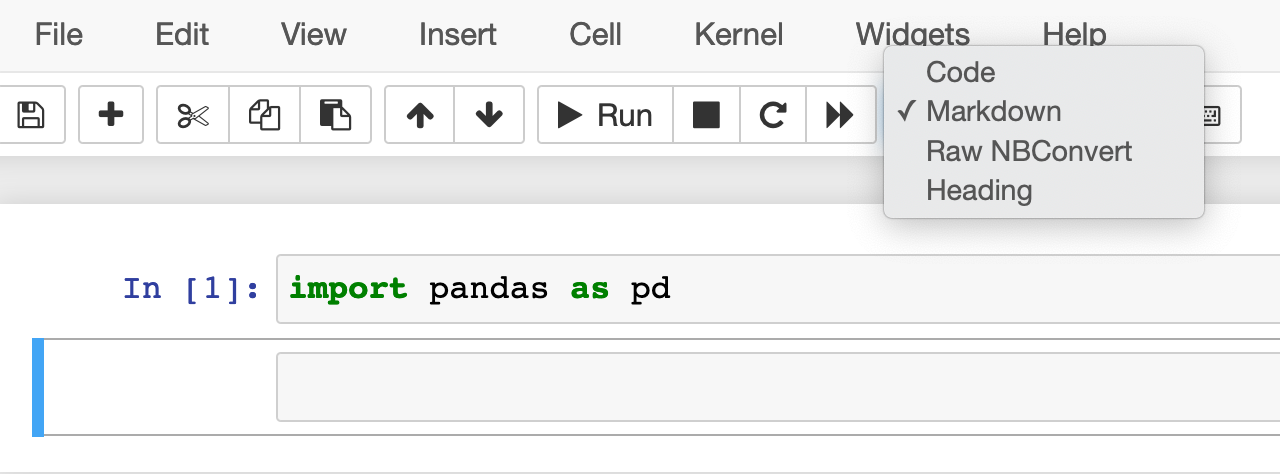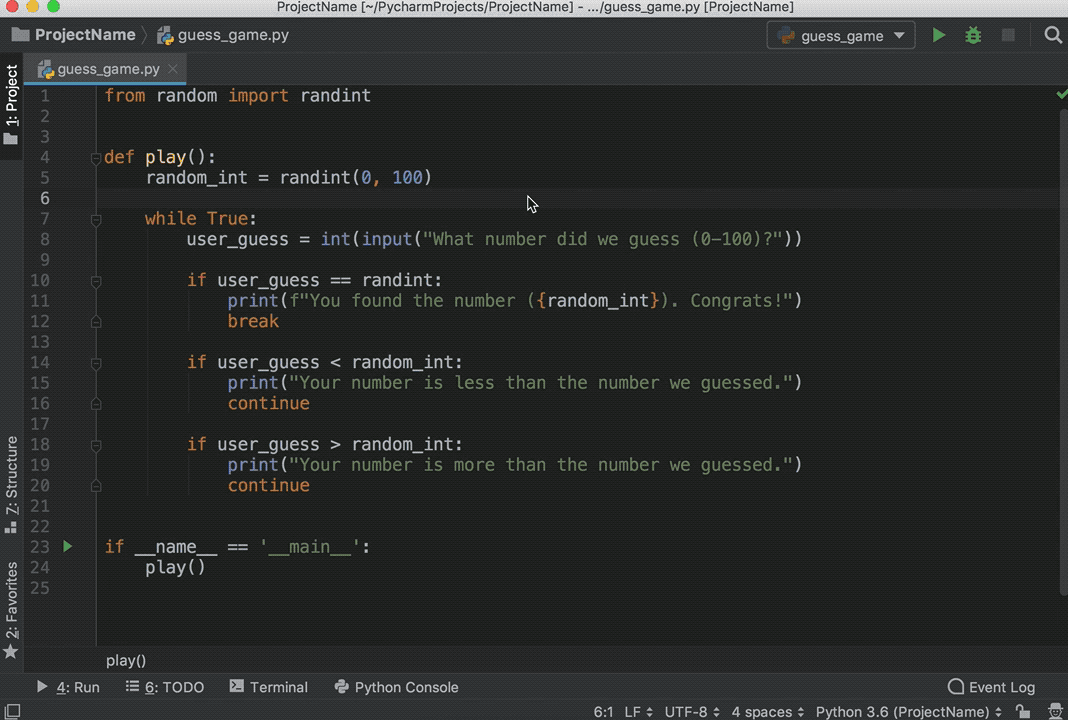


Note however, that the Python-Markdown has a few minor differences with the standard Markdown syntax. You can extend its functionality using its different extensions that provide additional features. Python-Markdown is a Python library that allows you to convert Markdown text to HTML in various ways. Alternatively, you can also try a different Markdown implementation in a web editor, like the DigitalOcean Markdown Preview or the StackEdit editor. You can learn how to use Markdown from the Markdown syntax standard. Bloggers, tutorial authors, and documentation writers use Markdown widely and websites, such as Github, StackOverflow, and The Python Package Index (PyPI), support it.

Because it uses plain-text syntax, Markdown is compatible with any text editor and can convert headings, lists, links, and other components. Markdown is a markup language commonly used to simplify the process of writing content in an easy-to-read text format, which a software tool or programming library can convert into HTML to display in a browser or another writing program. The author selected the COVID-19 Relief Fund to receive a donation as part of the Write for DOnations program.


 0 kommentar(er)
0 kommentar(er)
